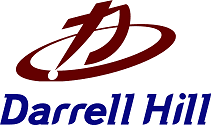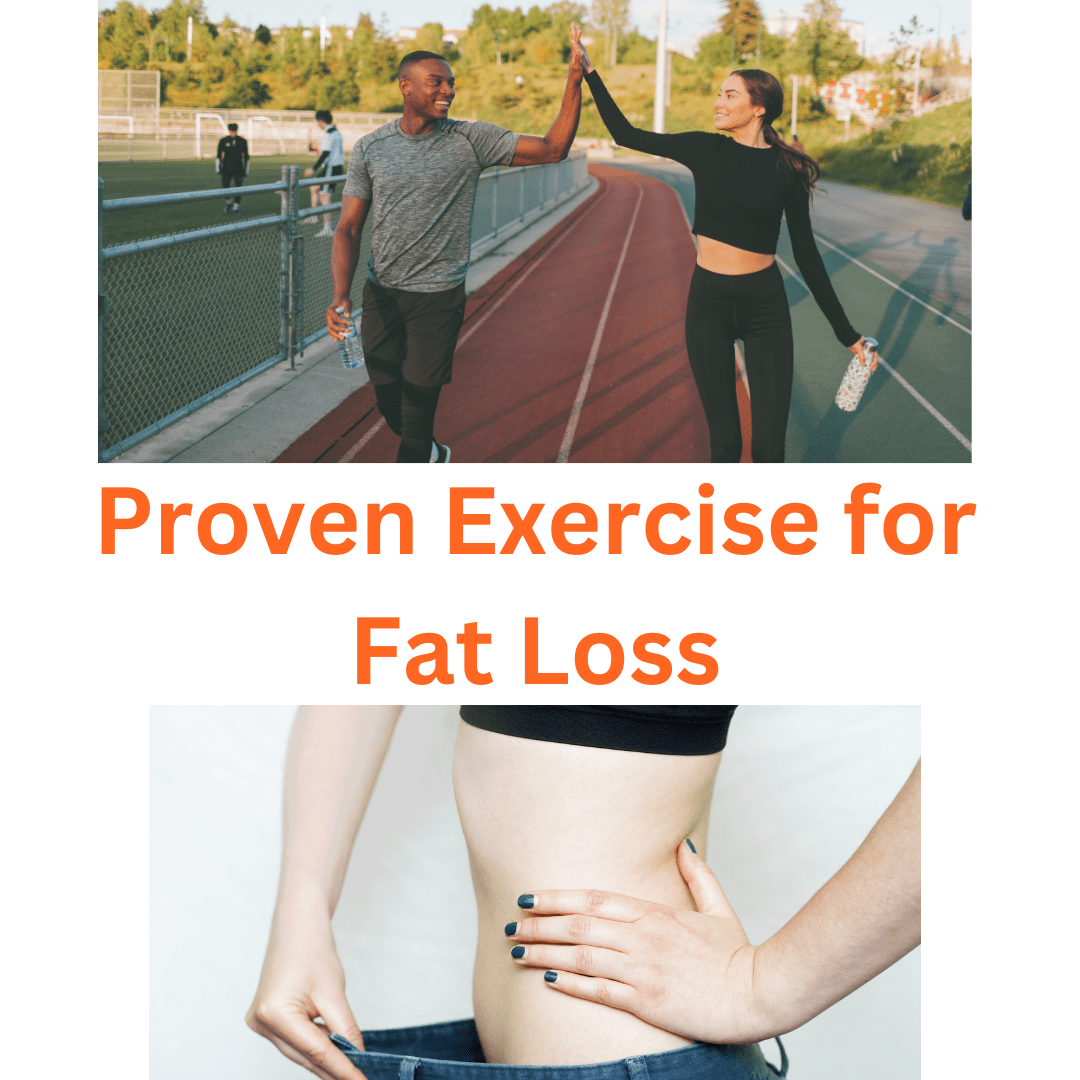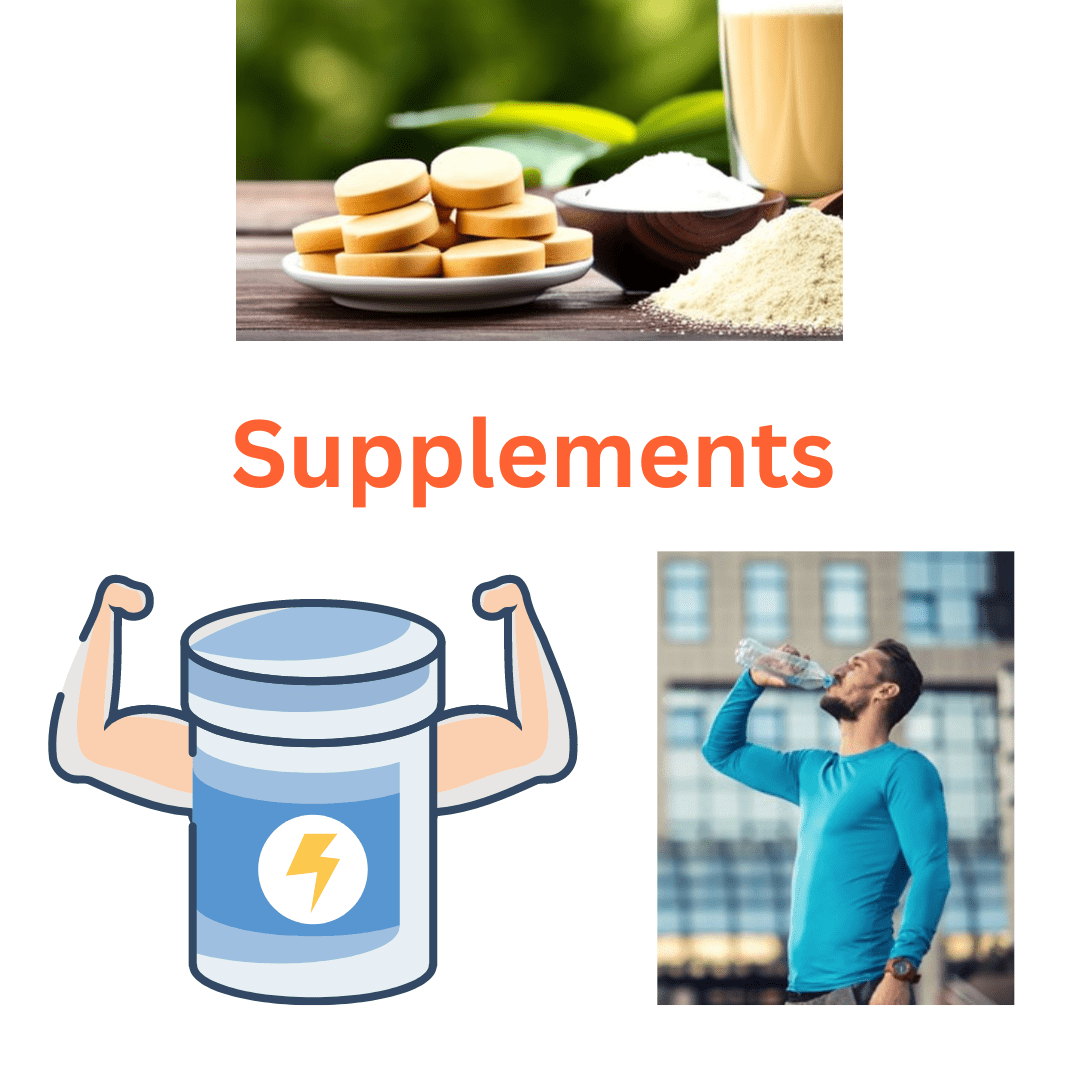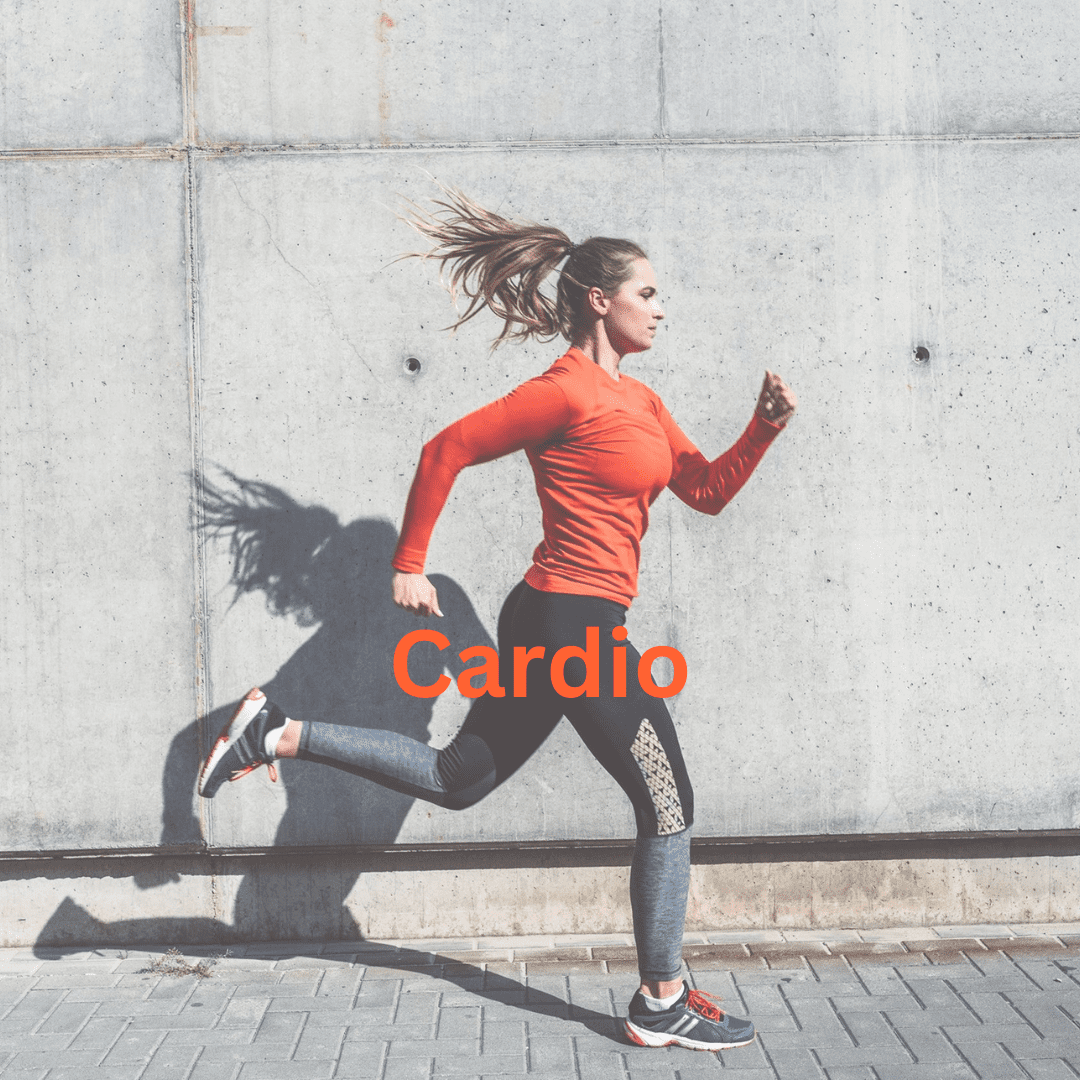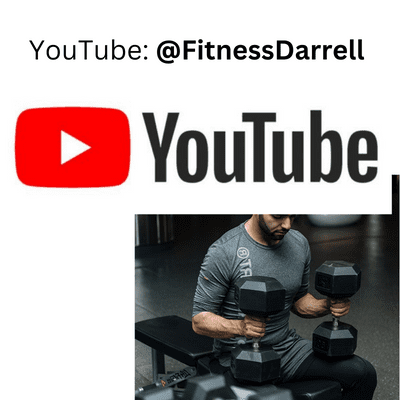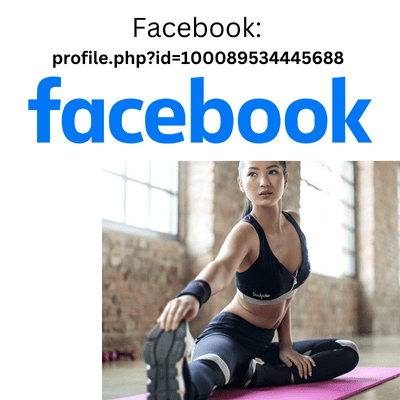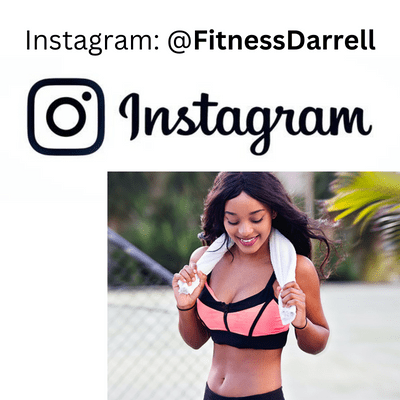
About Sleep, Recovery, and Massage
What do sleep, recovery, cold showers, and massage all have in common? They all help reduce excessive inflammation from the body! This is key in building muscle (for recovery from workouts) and in losing fat.
In today’s fast-paced world, you should prioritize rest and recovery to support your physical and mental well-being. We will explore how sleep, recovery, and massage can help you feel your best and perform at your peak. Here are the sub-topics we will cover:
-
Sleep to Improve Recovery:
Getting enough sleep is important for everyone, including adults. The National Sleep Foundation recommends that adults sleep for 7-9 hours a night for better health and recovery.
Getting just one extra hour of sleep each night can provide significant benefits–which is basically getting an additional night’s sleep per week. Sleep is important for repairing muscles and growth hormone is produced during stage 3 of non-rapid eye movement (NREM) sleep, helping to repair tissues damaged during exercise.
If you don’t get enough sleep, it can lead to higher levels of catabolic hormones that inhibit muscle growth. Catabolic hormones are a group of hormones that are responsible for breaking down molecules in the body to release energy. These hormones play an important role in our bodies by helping to provide energy when we need it, such as during physical activity or when we are in a state of fasting. However, when we don’t get enough sleep, the levels of these hormones can become elevated, which can inhibit muscle growth and repair.
Good sleep habits ensure optimal cognitive function and help remove unwanted waste from brain cells. Additionally, good sleep enhances blood flow to cells and brings necessary oxygen and glycogen (stored blood sugar).
When you sleep, your body metabolizes carbohydrates into glycogen, which is stored in muscle cells to fuel muscle contractions and increase muscle size. Having good sleep habits support a strong immune system, reducing the risk of illness and missed workout sessions.
Plan your workouts around your sleep schedule to ensure optimal performance during your workouts. Schedule high-intensity workouts on days when you anticipate getting adequate sleep. Schedule lower-intensity workouts on days when your sleep routine may be affected can lead to better results. This can help you achieve better results from your workouts.
-
Recovery from Strength Training:
-
- Have you ever experienced soreness in your muscles after exercising? That soreness is called Delayed Onset Muscle Soreness (DOMS). It happens because your muscles get tiny tears that can negatively impact your next workout if you don’t take care of them. When your muscles are sore, some people suggest taking doing static stretching to reduce the soreness. Stretching at the end of a workout is good for flexibility. However, that may not be one of the best options for improving muscle growth and strength. Instead, you can try foam rolling or self-myofascial release to help reduce muscle soreness and improve muscle recovery.
Do low-intensity exercises like walking or swimming after a workout or in the days following it to reduce muscle soreness. This type of exercise is called active recovery and can help your muscles recover faster.
Taking Omega-3 supplements can also help reduce muscle soreness after resistance training exercises. I have noticed an improvement when taken with protein (along with magnesium).
It’s essential to gradually increase the intensity and volume of your workouts. This is especially important for beginners or those starting a new exercise routine. By doing so, you can prevent excessive muscle soreness and injury.
-
Cold Showers:
Have you ever heard about taking cold showers to help with muscle growth? It’s been a topic of debate in the fitness world, but let’s break it down.
First, it’s important to know that taking a cold shower is different from submerging yourself in cold water. When you submerge yourself in cold water, it can interfere with the growth factors and mediators that happen after training, which can blunt muscle growth and size. This means that if you’re trying to build muscle, taking a cold shower might actually be better for you than submerging yourself in cold water.
If you’re strength training alone, you’re unlikely to see the same negative effect from submersion in cold water. However, athletes, particularly pitchers in Major League Baseball, use submersion training to improve recovery and performance during the season. So, it really depends on the specifics of your situation and your goals.
Now, let’s talk about cold showers specifically. Taking a cold shower can initially cause shivering, tight muscle contraction, and difficulty breathing. This is because your body is trying to warm itself up, and it’s a natural response to cold water. But over time, your body will adapt and taking cold showers will become easier.
One interesting thing about taking cold showers is that it can activate the transverse abdominis and pelvic floor muscles. The transverse abdominis muscle (a deep muscle located in your abdominal region helps support your spine, maintain good posture, and stabilize your pelvis. The pelvic floor muscles support the pelvic organs and help control the bladder and bowel movements. These are important muscles for core stability and posture. So if you’re looking to strengthen those muscles, cold showers might be worth trying.
The debate about whether or not cold showers help with muscle growth is ongoing. If you’re trying to build muscle, taking a cold shower might be better for you than submerging yourself in cold water. However, if you’re an athlete looking to improve recovery and performance, submersion training might be more beneficial. And if you’re interested in activating your core muscles, cold showers might be worth giving a try.
-
Massage:
Massage is a type of therapy that can help your body feel better and recover faster. One specific type of massage is called “deep tissue massage.” Even if you don’t know a lot about medical stuff, you can still benefit from massage!
Massage can help work on your muscles and fascia, which can be really tough to work out on your own. Even if it’s just a little bit in your head, feeling better after a massage is always a good thing! Plus, there are studies that show massage can help sore muscles and even make them work better after exercise.
There are many different types of massage and each study can be different too. Some might use different techniques or last longer than others. However, massage can help increase blood flow and bring more nutrients to your muscles, which is really important for recovery.
One enzyme that gets released when your muscles are damaged is called creatine kinase. Massage can actually help decrease the levels of creatine kinase in your body, which means less muscle damage and better recovery!
It’s important to know that massage might work better for muscle soreness and performance 48-72 hours after exercise, rather than right after. So don’t be discouraged if you don’t feel like a million bucks right away. Your body might just need a little more time.
All in all, massage is a great way to help your body feel better and recover from tough workouts. Even if we don’t have all the answers about why it works, it’s always worth a try!
-
Foam Rolling:
Foam rolling is a technique called self-myofascial release (SMR) that can help you relieve muscle tightness, soreness, and inflammation. It can also increase your joint range of motion. Here are some of the benefits of foam rolling, as well as how to add it to your exercise routine:
- Ease Muscle Pain Foam rolling can be helpful in easing sore muscles and reducing inflammation. One small study found that foam rolling after exercise may help reduce delayed-onset muscle soreness. The participants who foam rolled had less muscle soreness and performed better than those who didn’t.
- Increase Range of Motion Foam rolling may help increase your range of motion, which is important for flexibility and performance. One study found that a combination of foam rolling and static stretching was most effective for increasing range of motion.
- Relieve Back Pain SMR may be effective in easing pain in the body, including the back. However, it’s important to use caution when using a foam roller on your back to avoid injury. You can also try lying on a foam massage ball or tennis ball to work out knots in your back.
- Help You Relax Foam rolling may help you feel less tense and calmer. While little evidence exists to show that foam rolling helps with relaxation, there’s no harm in adding it to your weekly routine if you find it relaxing.
To maximize the benefits of foam rolling, try to stretch out and foam roll after each workout. However, the benefits of foam rolling may vary from person to person, and more research is needed to fully understand its effects. So, add foam rolling to your routine with caution and enjoy its benefits.
By incorporating sleep, recovery, cold showers, and massage into your routine, you can support your body’s natural healing processes and improve your overall health and well-being. Whether you are an athlete looking to optimize your performance or simply want to feel your best, these practices can help you achieve your goals.
References:
Pearcey GE, Bradbury-Squires DJ, Kawamoto JE, Drinkwater EJ, Behm DG, Button DC. Foam rolling for delayed-onset muscle soreness and recovery of dynamic performance measures. J Athl Train. 2015 Jan;50(1):5-13. doi: 10.4085/1062-6050-50.1.01. Epub 2014 Nov 21. PMID: 25415413; PMCID: PMC4299735. https://www.ncbi.nlm.nih.gov/pmc/articles/PMC4299735/
Škarabot J, Beardsley C, Štirn I. Comparing the effects of self-myofascial release with static stretching on ankle range-of-motion in adolescent athletes. Int J Sports Phys Ther. 2015 Apr;10(2):203-12. PMID: 25883869; PMCID: PMC4387728. https://pubmed.ncbi.nlm.nih.gov/25883869/
